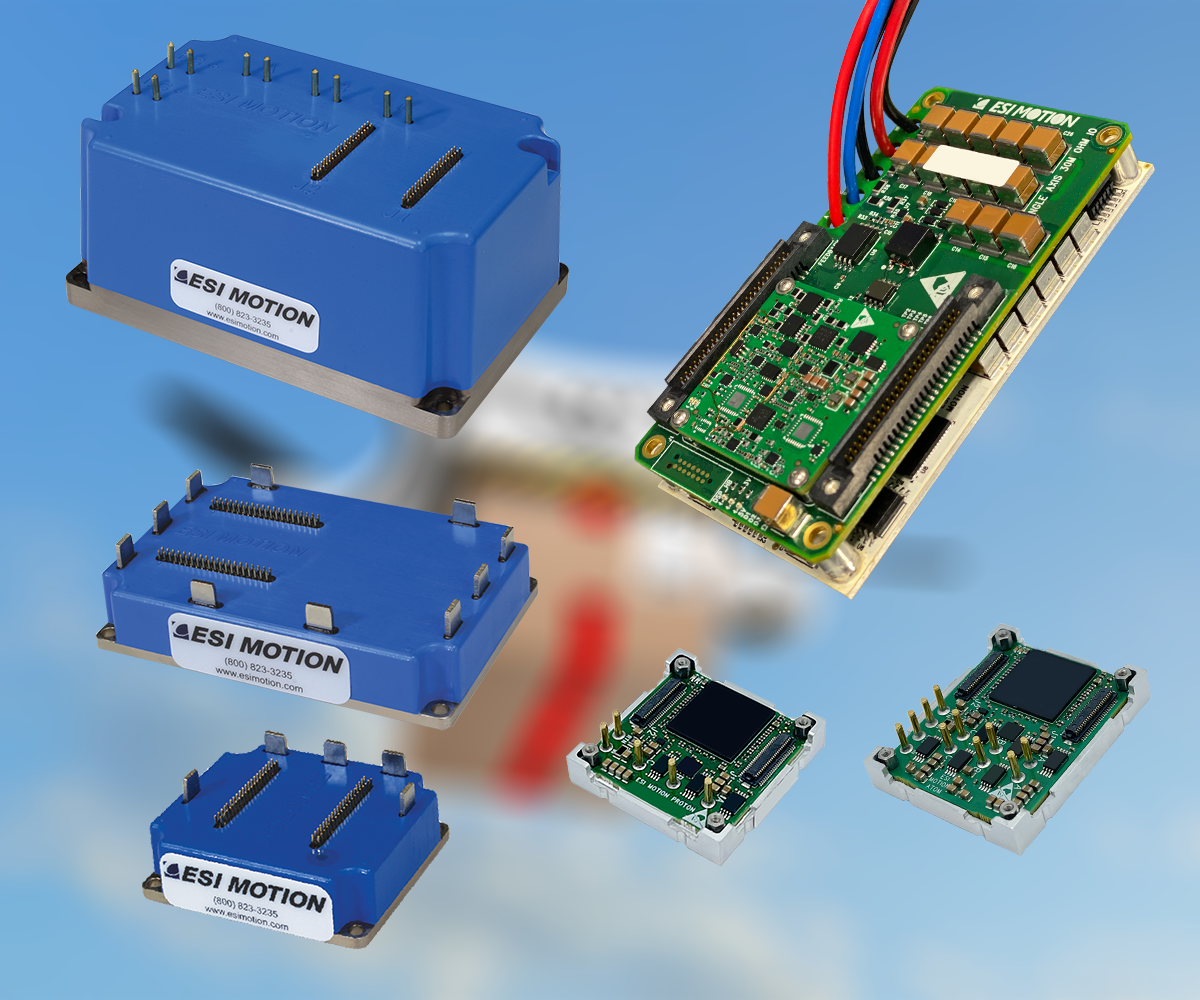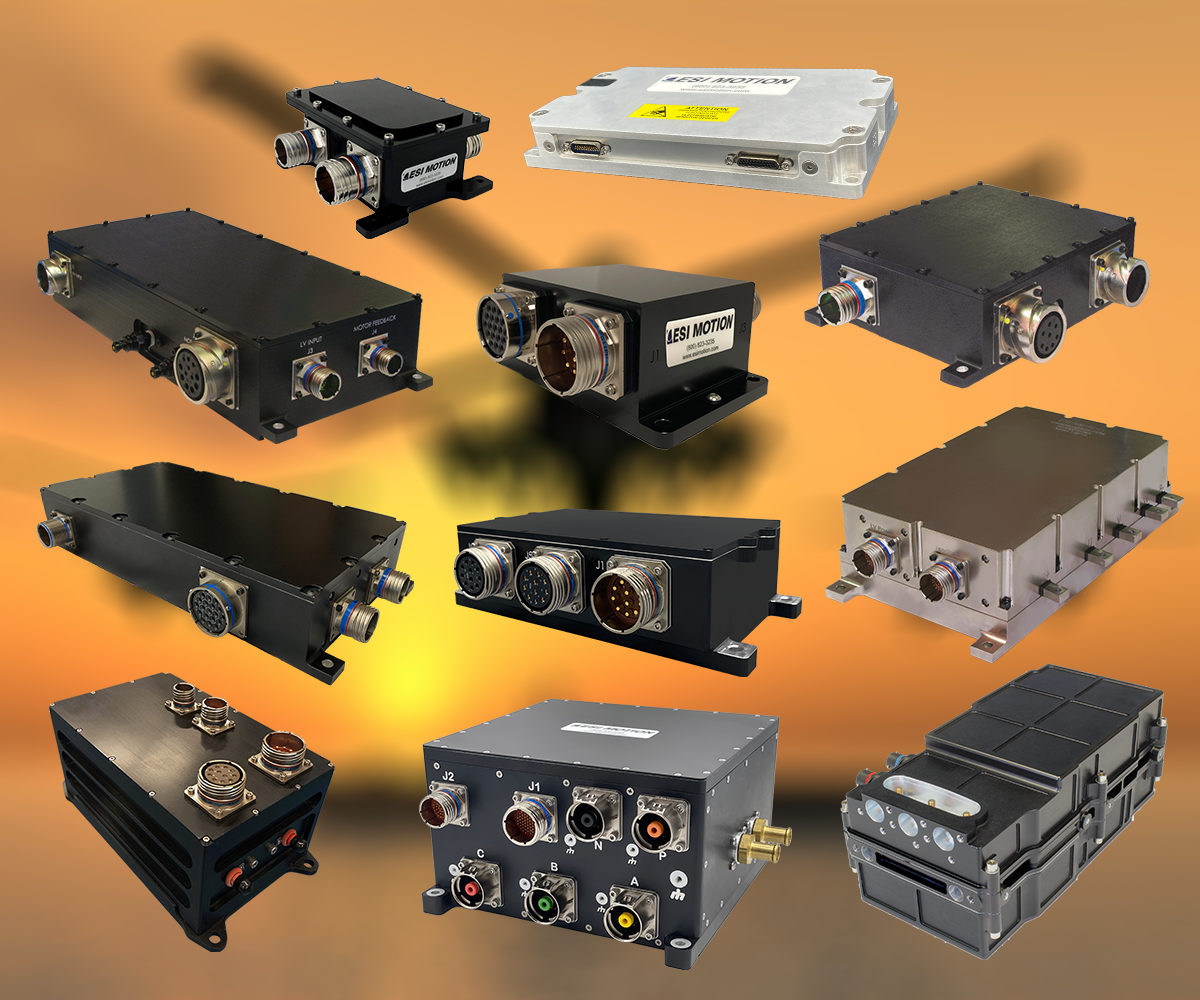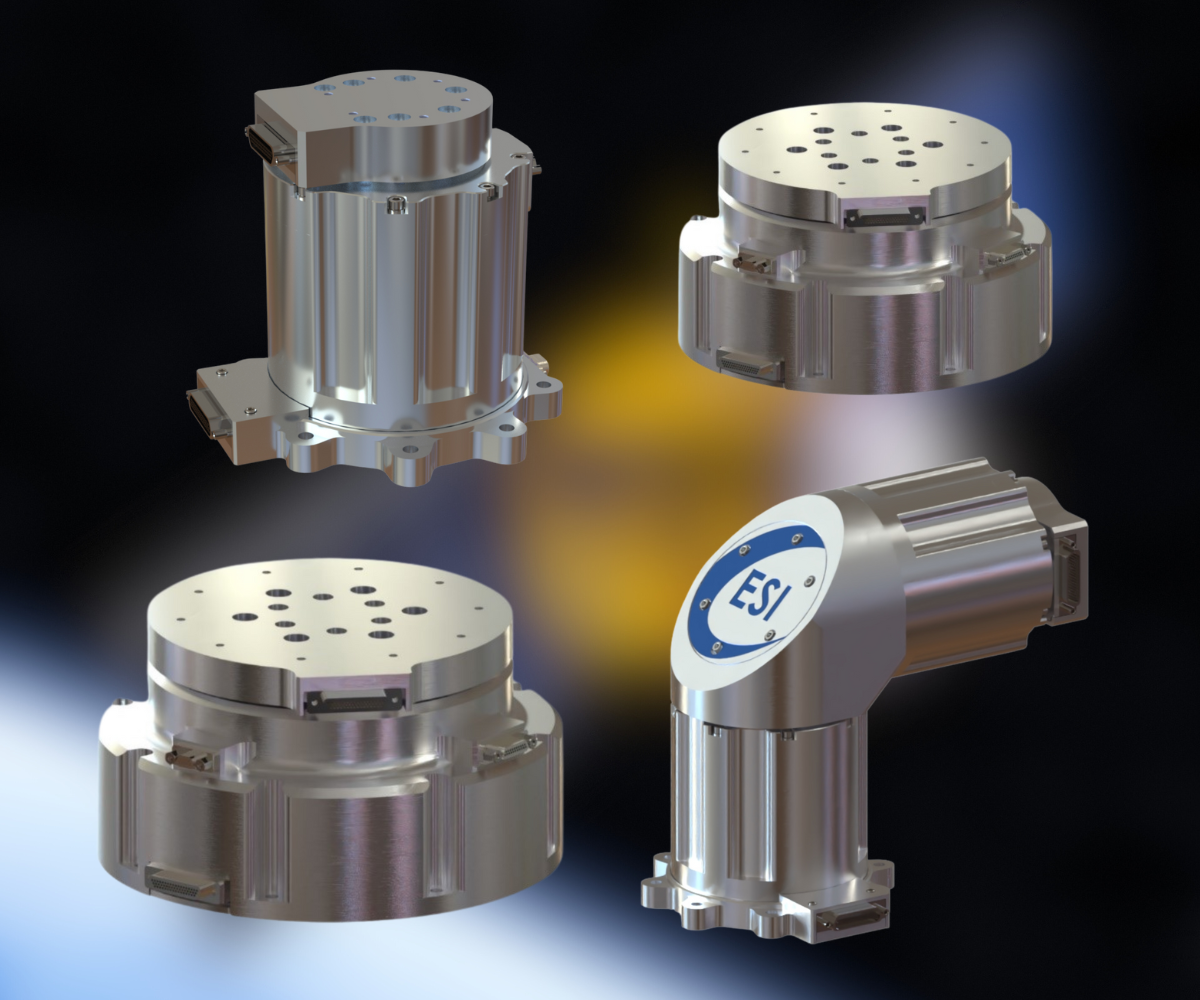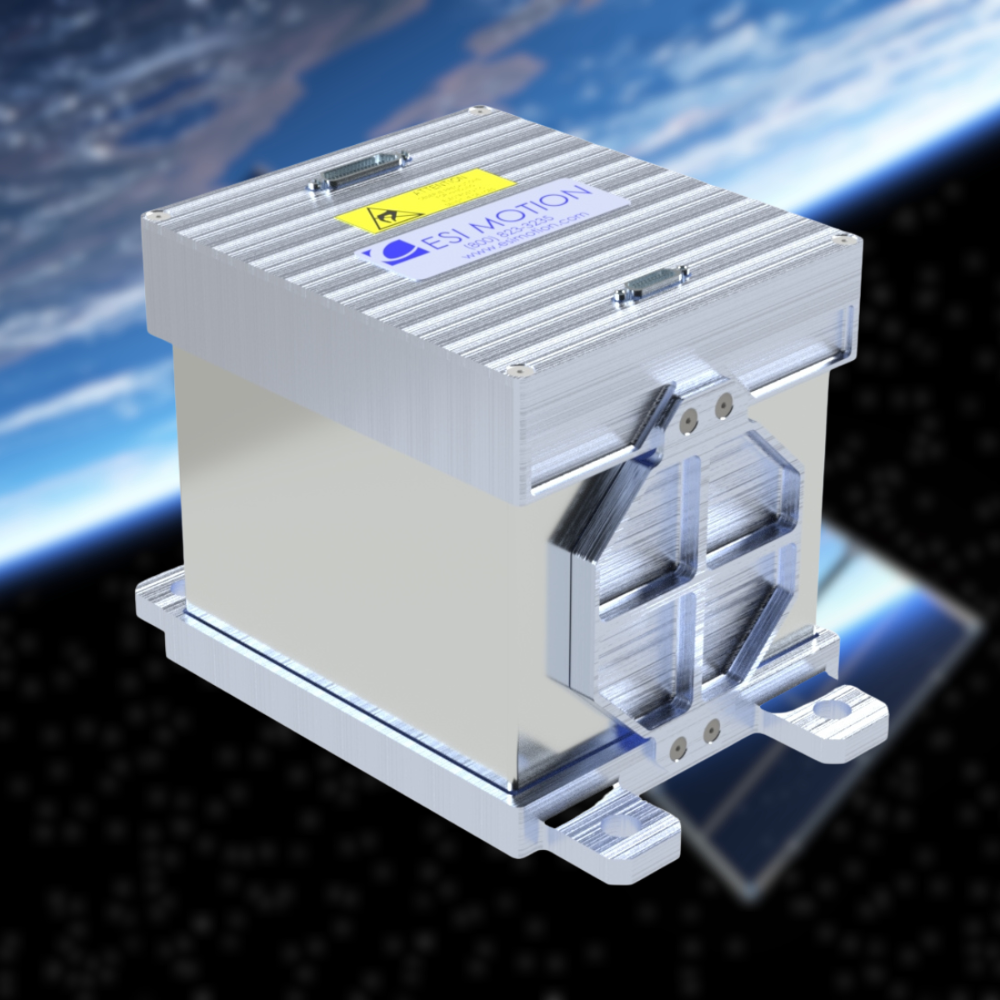The DC motor and the stepper motor are electric motors, but there is a huge difference between them in terms of their operation, control, and applications. Listed below are the largest differences between them:
1. Operational and Control Features
DC Motors:
- Continuous Rotation: They provide for continuous rotation and are easy to be controlled since their speed of rotation can easily be changed by varying the applied voltage.
- Speed Control: Control of the speed is accomplished through variation in supply voltage or by methods of pulse-width modulation.
- OMX Position Control: Precise control in position demands more complexity and generally an extra feedback device, normally an encoder.
Stepper Motors:
- Incremental Movement: A stepper motor runs at discrete time steps (increments) with an angle, offering rotation and position control with no feedback.
- Position Control: By their very design, they support correct positioning since each step is related to some specific angle of rotation.
- Speed Control: Speed is controlled by the rate at which the steps are commanded
2. Feedback Mechanism
- DC Motors: Typically require an external feedback mechanism, like an encoder or a tachometer, for precision positioning and speed control
- Stepper Motors: Usually do not require any type of external feedback arrangement for positioning. The position can easily be triggered through the knowledge of the number of steps moved.
3. Torque Characteristics
- DC Motors: They produce high torque at low speed, and the torque decreases with increasing speed.
- Stepper Motors: High torque at low speeds, but at higher speeds, it sharply falls off.
4. Complexity and Cost
- DC Motors: Generally, for simple applications, DC motors are a lot easier and more cost-effective than those of comparable size, especially in applications where fine control is not essential.
- Stepper Motors: Generally more complicated and expensive because of the driver/controller needed to send the step sequences accurately.
5. Applications
- DC Motors: Generally used in applications where variable speed and continuous rotation are required, such as fans, pumps, and conveyors.
- Stepper Motors: Preferred in applications requiring exact positioning and repeatability, like CNC machines, 3D printers, and robotics.
6. Efficiency
- DB Motors: Generally more efficient in the conversion of electrical energy into mechanical energy.
- Stepper Motors: Less efficient due to the constant current draw, especially when holding position.
Summary
That is to say, a DC motor will be suitable where variable speed and continuous rotation are required in an application, while a stepper motor is desired for an application requiring precision positioning control and incremental movement. In short, the choice between them has to be based on the requirements; sometimes an application requires precision, sometimes it is cost-effective, and at times it requires complicated control.
As an motor controller industry leader, ESI Motion possesses the know-how, experience, and support to help you achieve your mission goals while ensuring optimal performance and longevity for your equipment. ESI Motion has years of experience providing motion control for a vary of Space, Defense and Commercial Applications! Regardless of your motor type or application, we can find/create a solution for you!
Contact ESI Motion by calling +1.800.823.3235 or email us at sales@esimotion.com.
If you’ve got any questions, we’ve probably got them answered here on our FAQ. If you need any technical support, our team is here to help.
Click Here to see more of our solutions.





